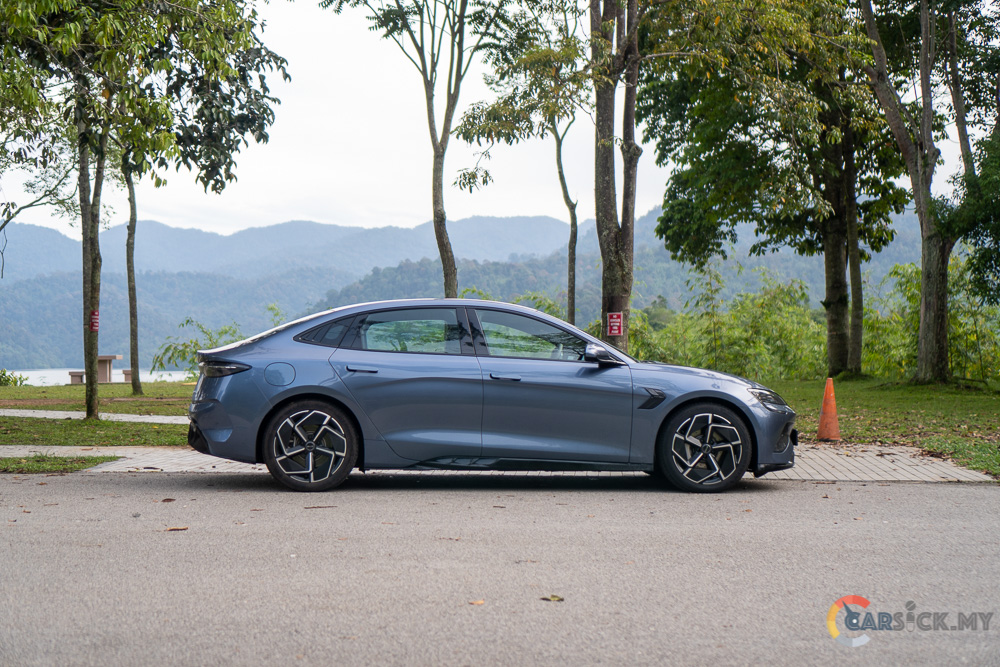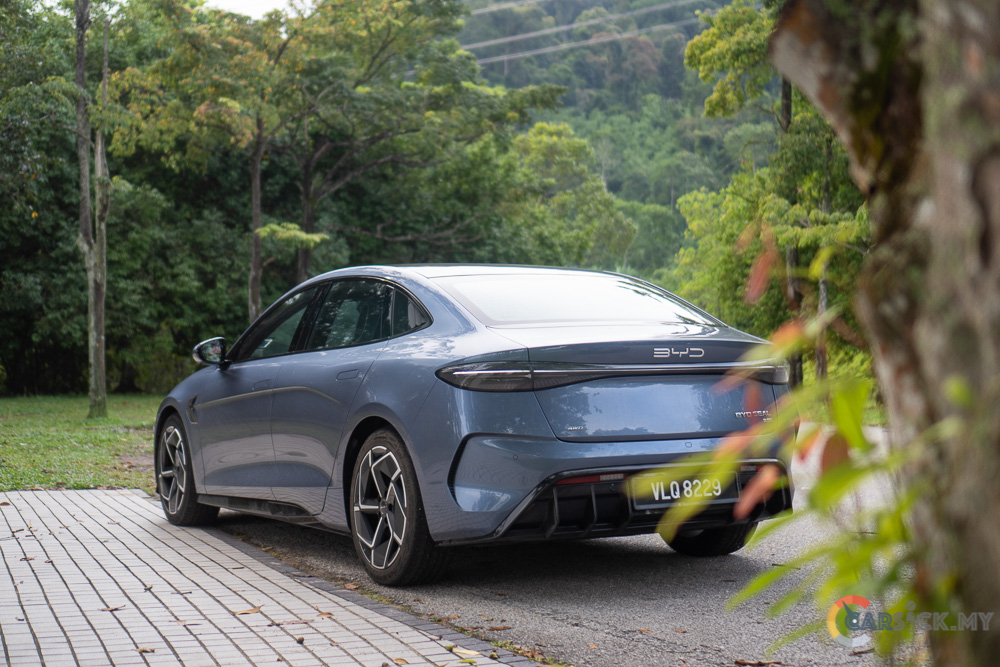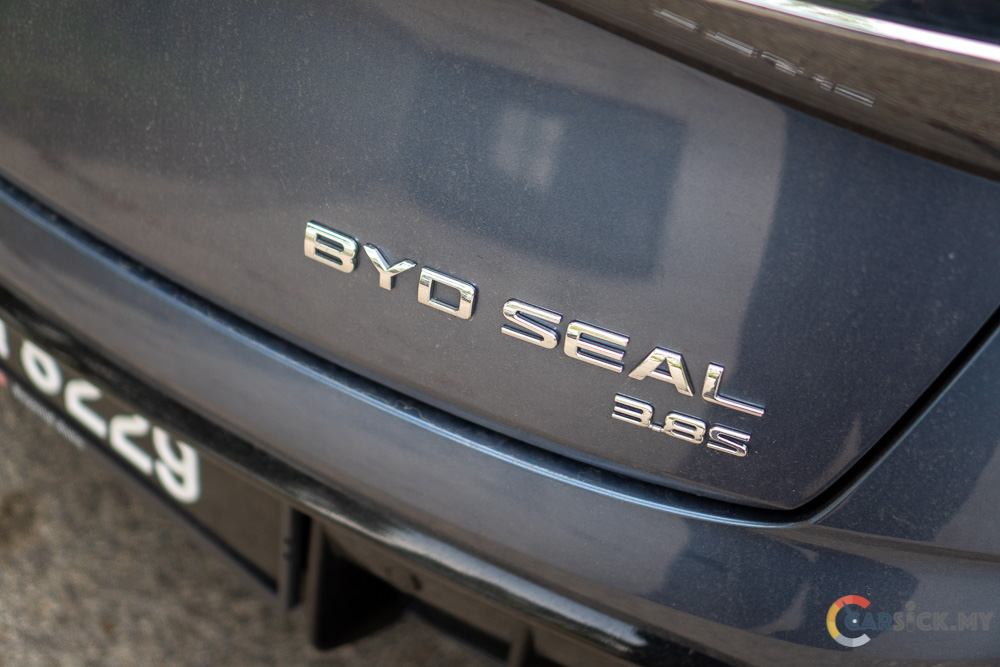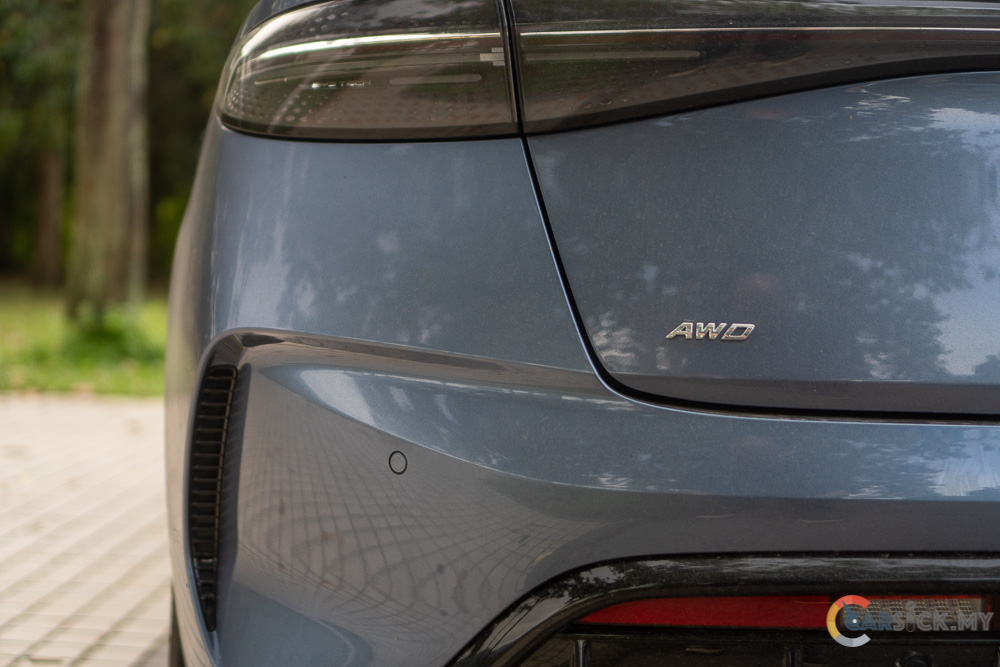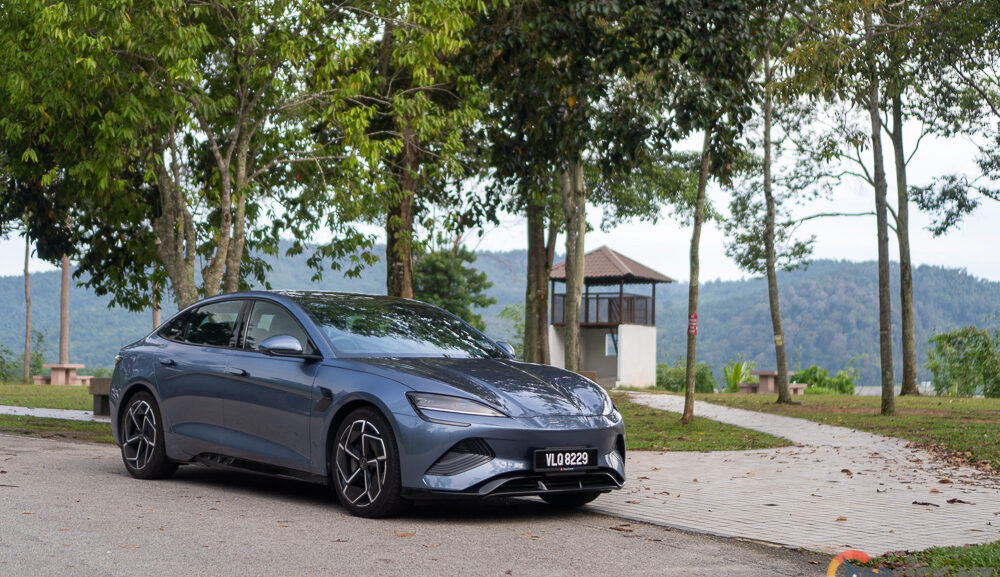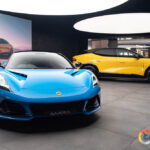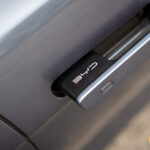When the BYD Seal was launched in Malaysia, BYD Malaysia hosted a grand welcome party to celebrate the occasion. This demonstrates how proud BYD Malaysia is of this model, as it aims to compete directly with the already popular Tesla Model 3. Like the Model 3, the BYD Seal is a sporty-looking sedan that promises strong performance at a slightly lower price point. Riding on this hype, I’ll be spending time with the top-spec BYD Seal to determine if it has the credentials to be considered a true performance vehicle.
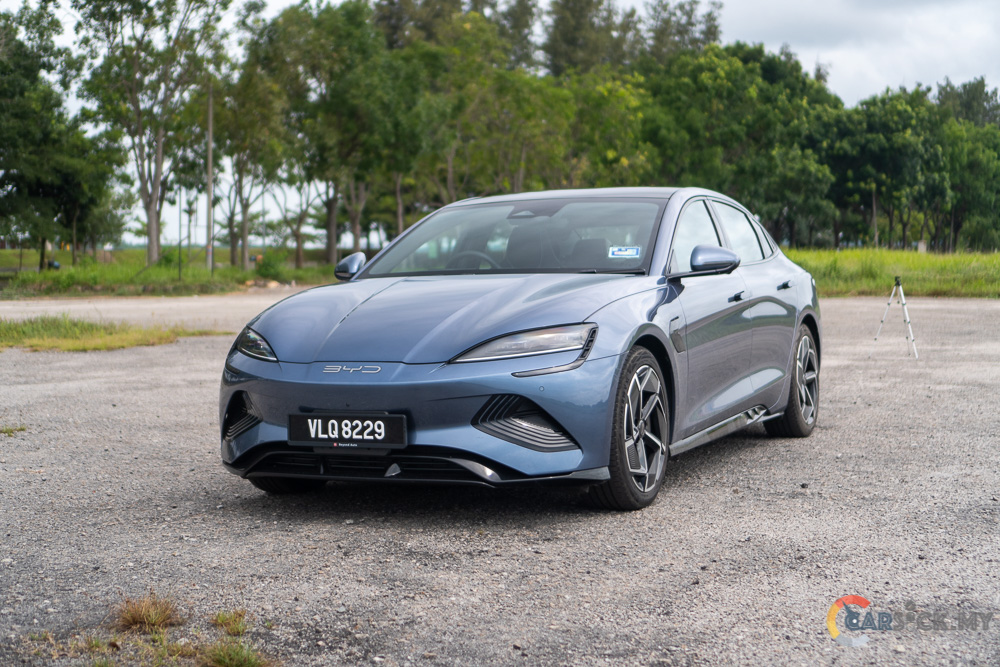
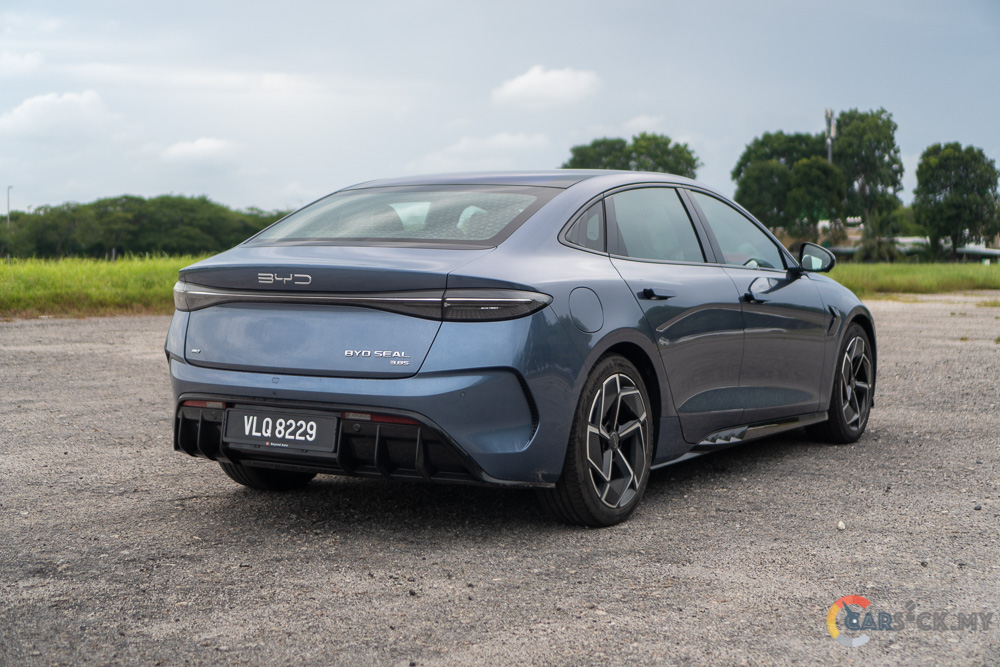 For someone who appreciates cars, I find the Seal to be an okay-looking vehicle. While the design doesn’t suit my personal taste, I can see why some people might like it. The Seal features a sharp front end, with headlights fully integrated into the bumper. These full-LED headlights provide decent illumination at night. At the rear, the design is more conventional, though the full-width LED taillights stand out. While there’s nothing inherently wrong with the rear design, it simply doesn’t appeal to me.
For someone who appreciates cars, I find the Seal to be an okay-looking vehicle. While the design doesn’t suit my personal taste, I can see why some people might like it. The Seal features a sharp front end, with headlights fully integrated into the bumper. These full-LED headlights provide decent illumination at night. At the rear, the design is more conventional, though the full-width LED taillights stand out. While there’s nothing inherently wrong with the rear design, it simply doesn’t appeal to me. 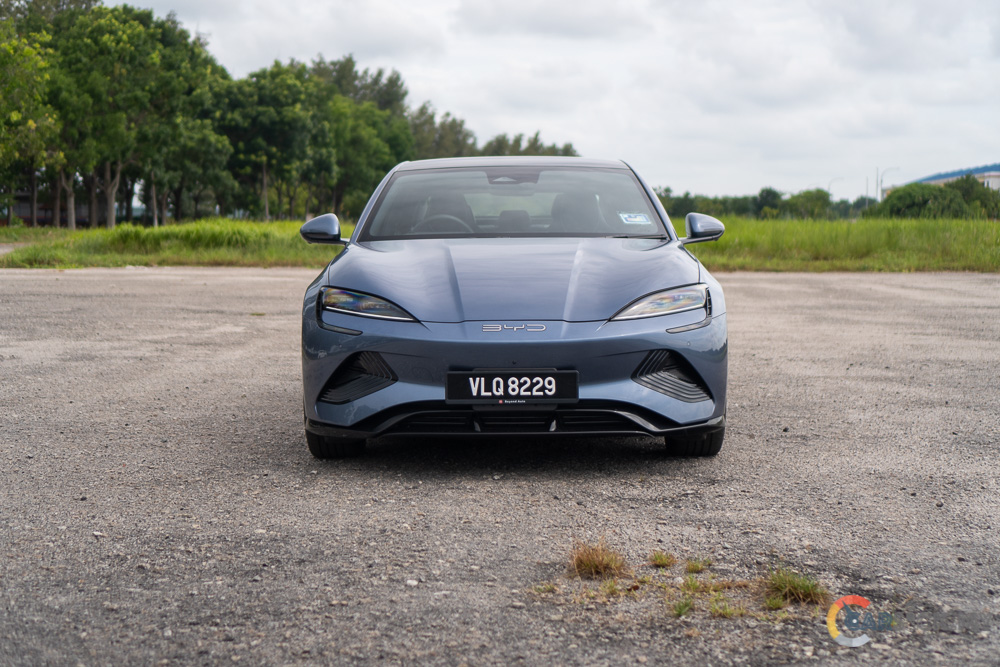
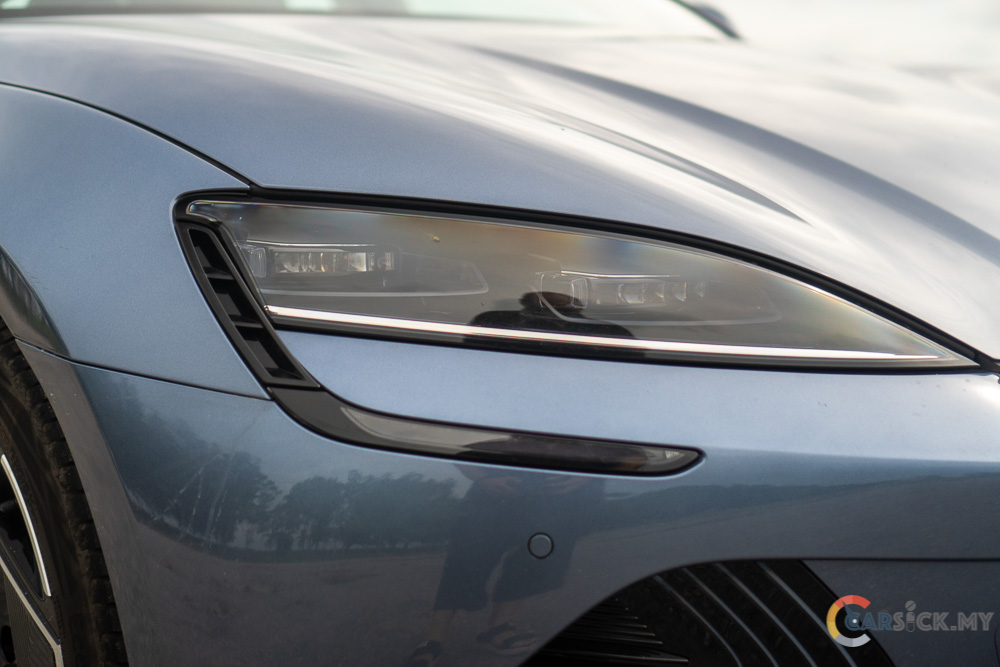
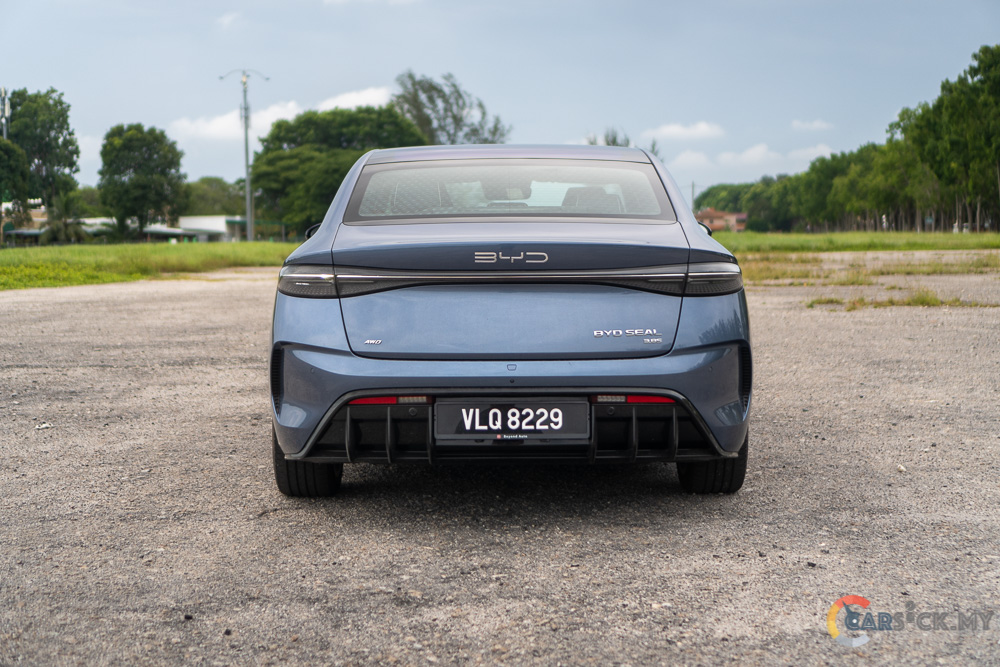
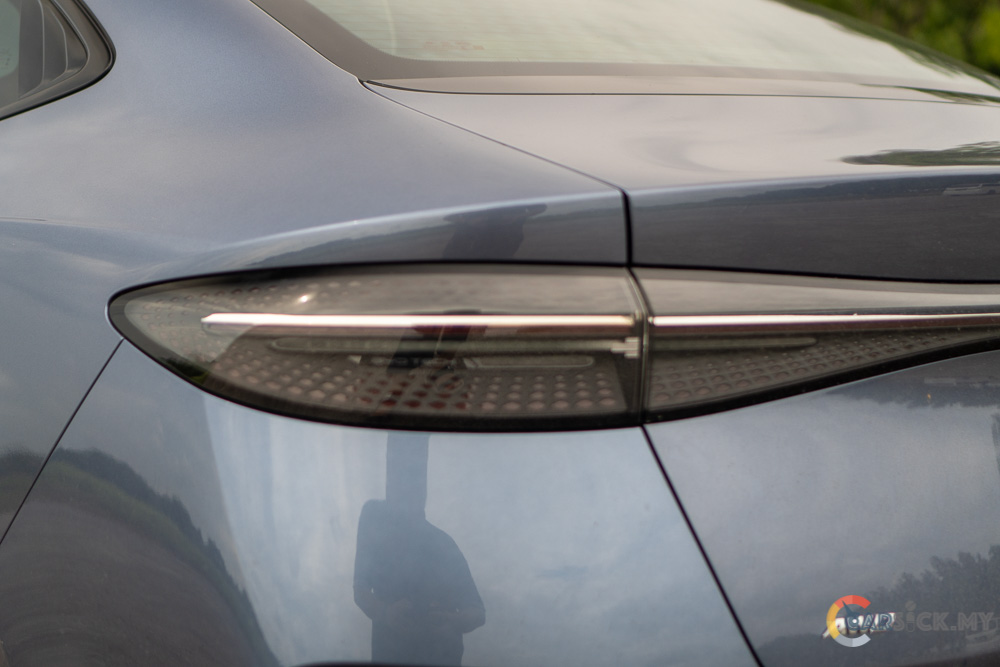
In the pursuit of reducing drag, BYD has equipped the Seal with retractable door handles. While they add a bit of unnecessary flair, I think most owners will appreciate the wow factor. However, I encountered an issue during my review when the door handles got stuck. Although locking and unlocking the car a few times resolved the problem, I believe this is an easy fix for BYD. Additionally, this high-spec variant comes with 19-inch two-tone rims that enhance the vehicle’s sporty vibe. These rims are fitted with 235/45 R19 tires, providing adequate grip. 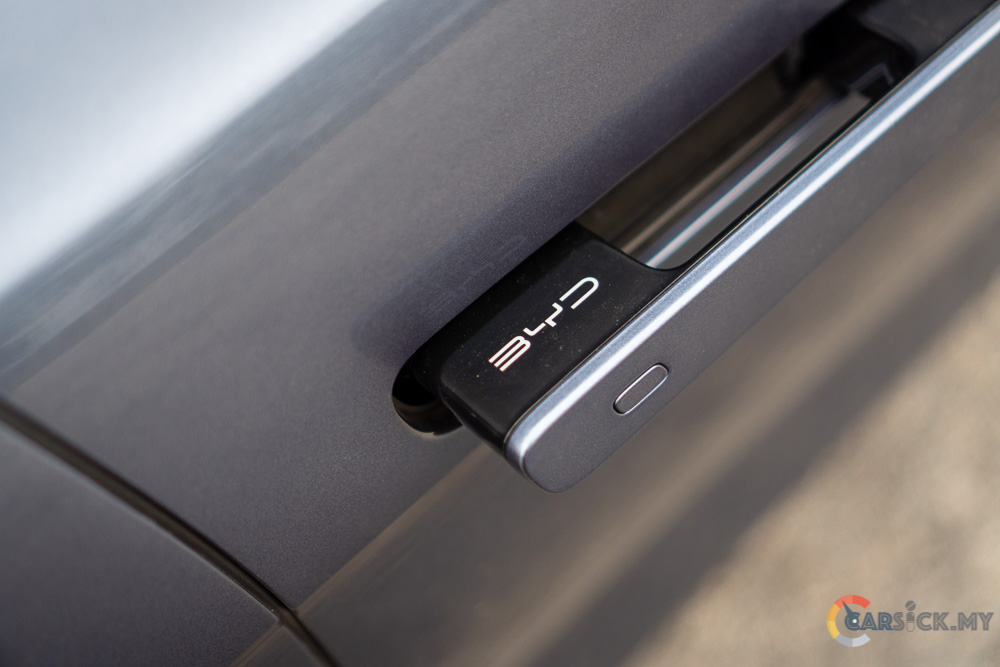
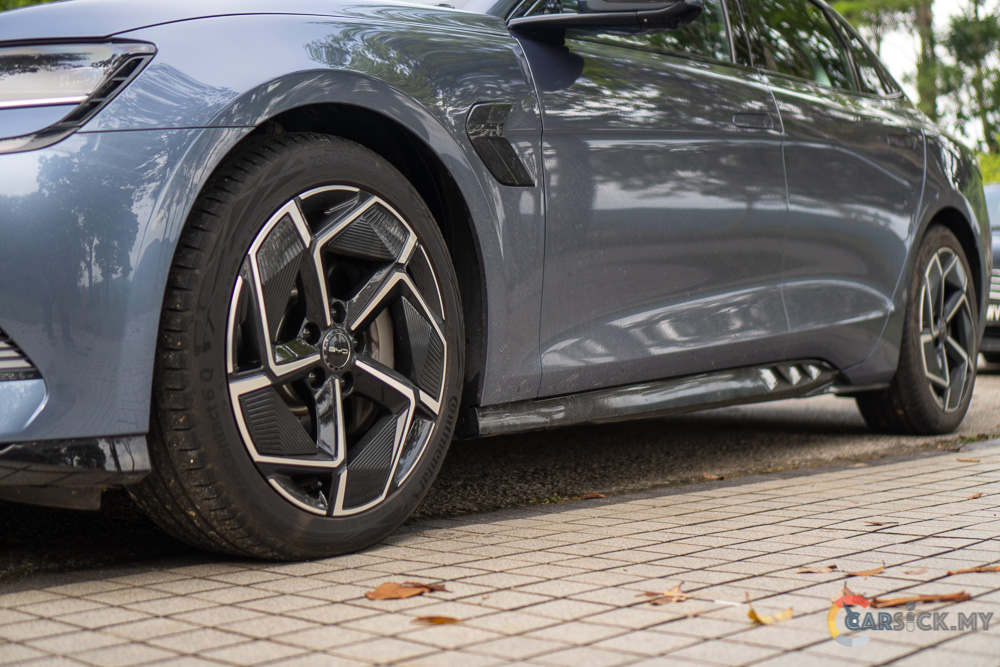
Inside the cabin, I noticed that the Seal’s interior shares similarities with the dashboards of the Atto 3 and Dolphin. BYD uses a lot of curves throughout the dashboard, though the design isn’t to my taste. Even though the interior layout is simple, I feel there are too many unnecessary design elements. That said, I imagine some people won’t mind. On the plus side, BYD has used soft-touch materials to elevate the cabin’s premium feel, which is a welcome addition.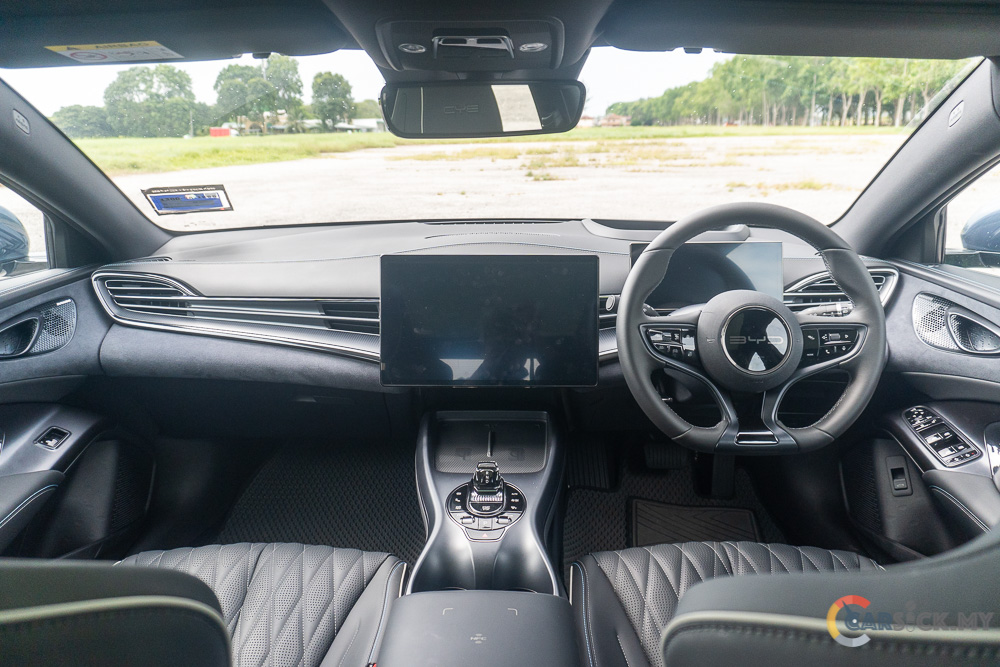
The Seal features a slightly larger instrument cluster than the one in the Atto 3, measuring 10.25 inches, making it easier to read. However, the graphics are still a bit too busy for my liking. The infotainment screen is the same 15.6-inch unit found in other BYD models, with a similar graphic layout. One improvement is the updated software, which now supports wireless Android Auto and Apple CarPlay—something the Atto 3 and Dolphin lack. To top it off, the Seal comes with a 12-speaker Dynaudio sound system. While the audio quality is good, I find the Dynaudio system in the Volkswagen Touareg to be superior. 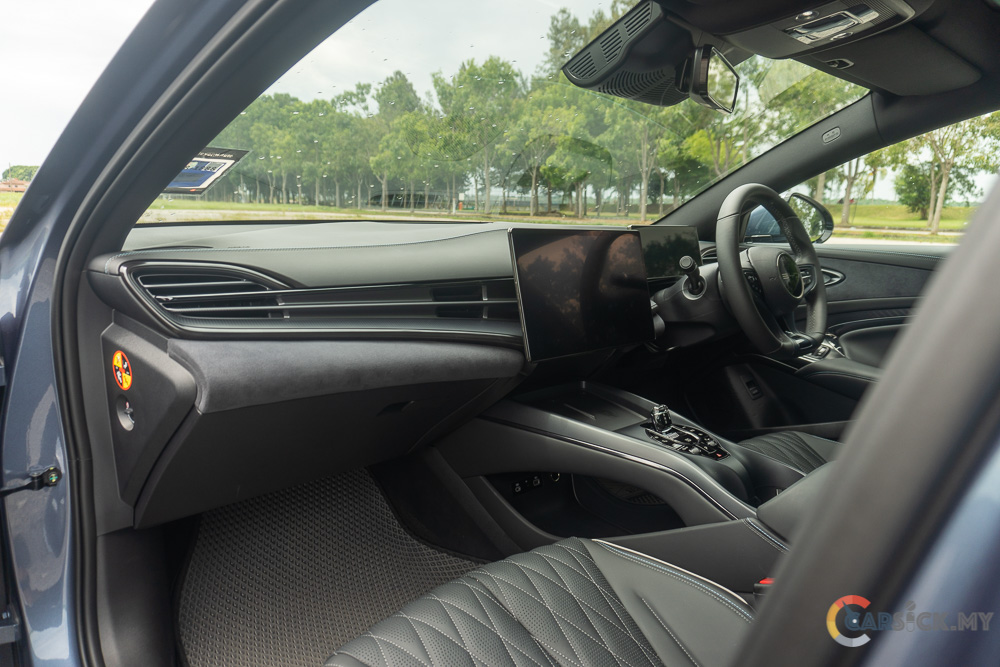
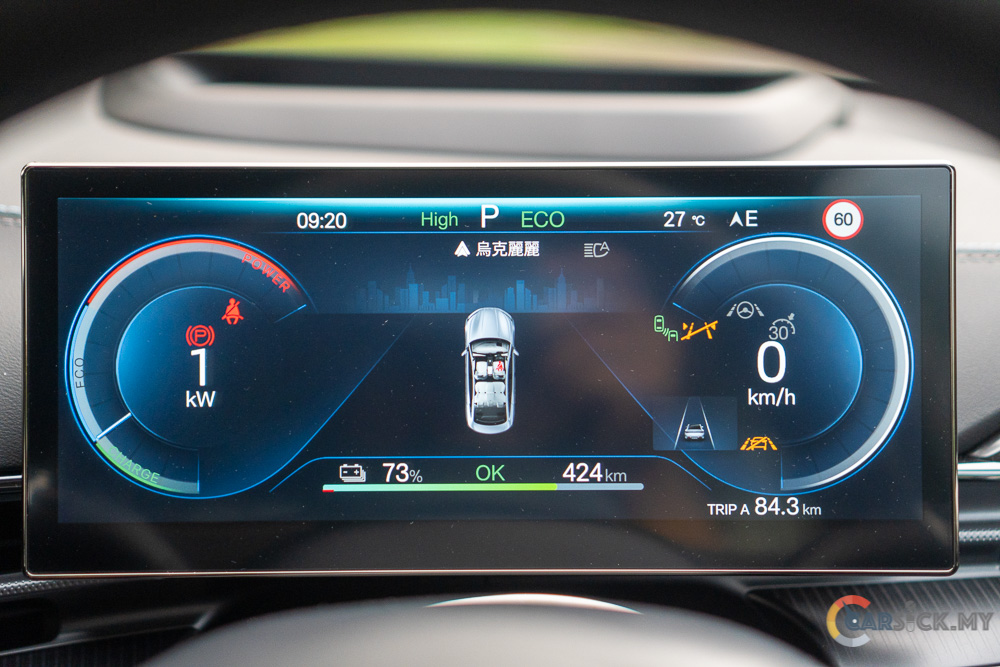
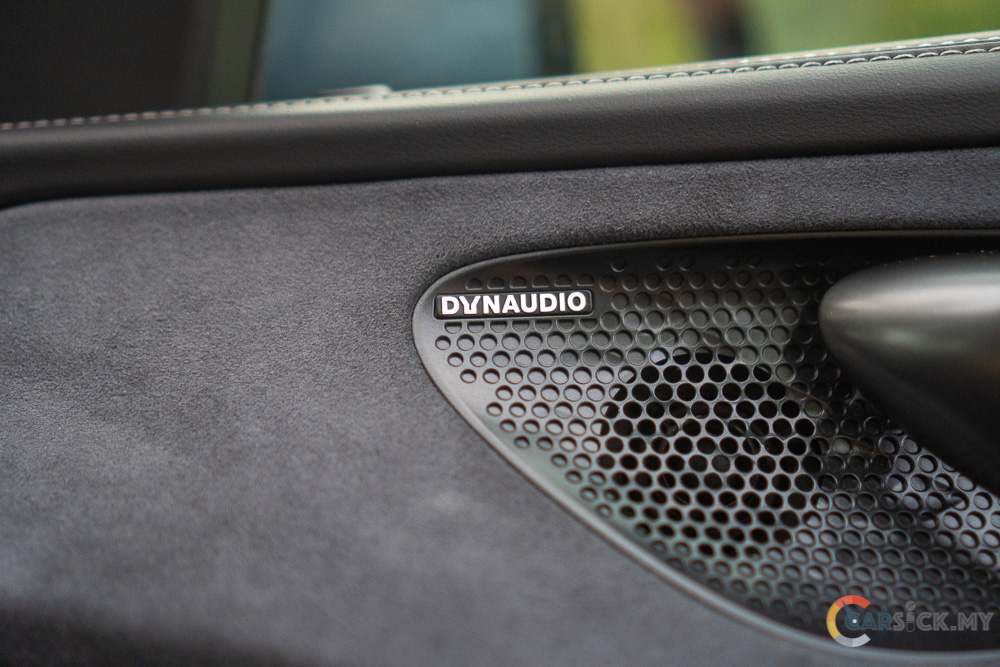
One point of criticism is BYD’s tendency to bury AC controls deep within the infotainment system. In the Seal, even the air vent direction settings are hidden in the menu. While I understand BYD’s intention to simplify the dashboard, this design adds unnecessary distractions while driving. Adjusting the air vents on the go requires taking your eyes off the road, which isn’t ideal. On the bright side, the Seal offers plenty of USB ports, a 12V socket, and two wireless chargers to keep your devices powered. The large panoramic roof brings in plenty of light, but it also allows heat to radiate into the cabin—a common drawback of panoramic roofs. 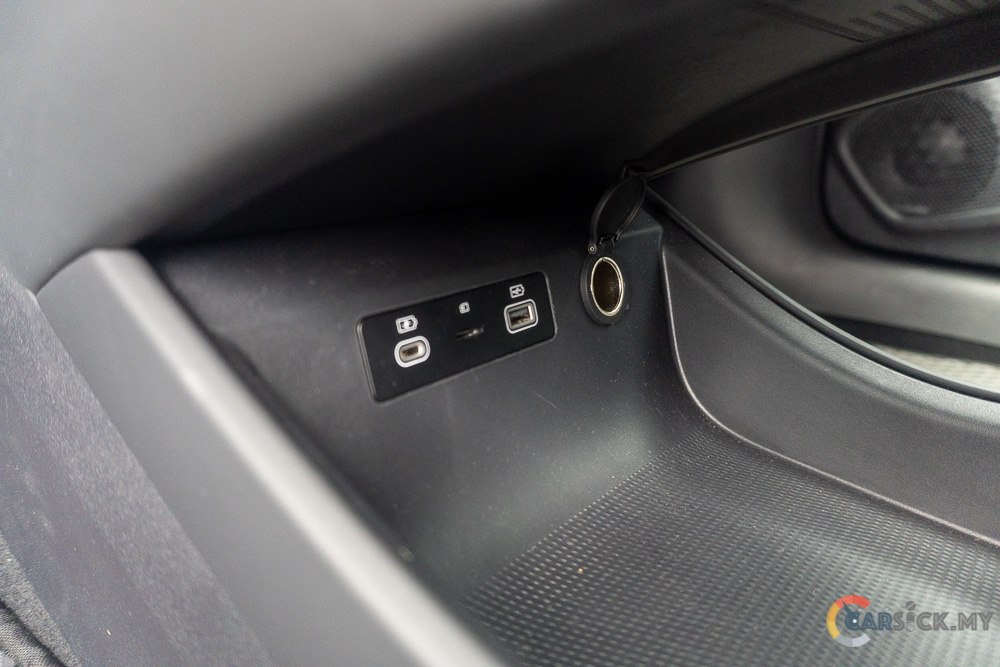
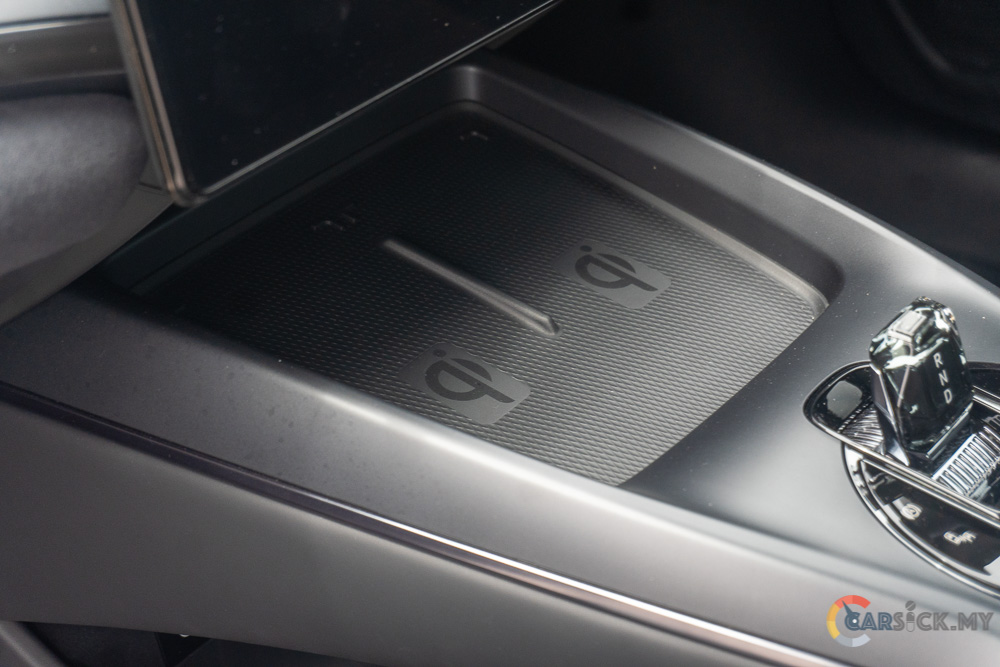
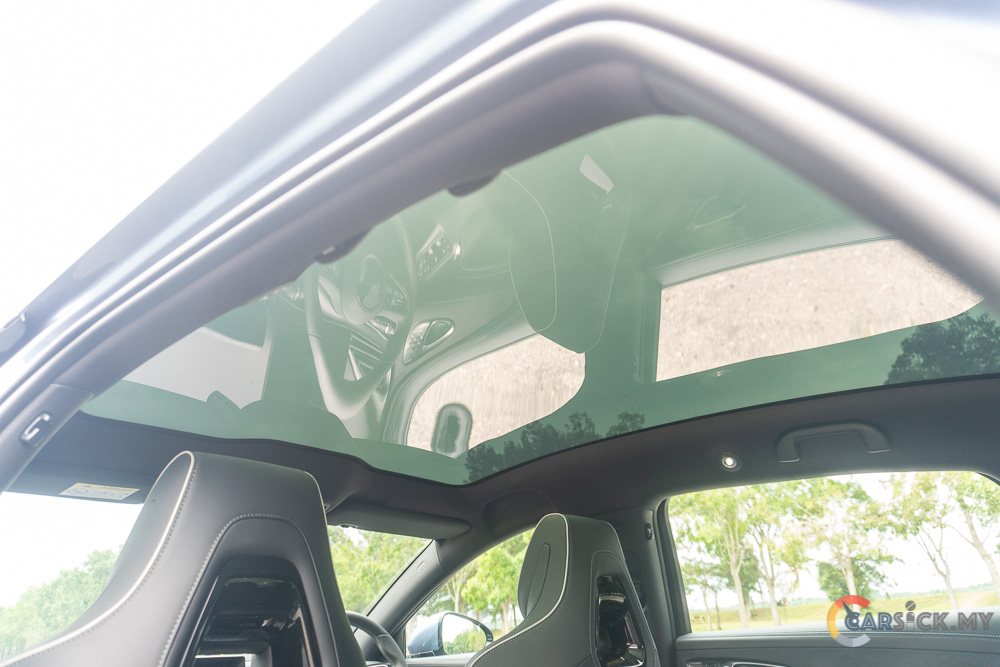
Comfort is where the BYD Seal excels. The front seats are very comfortable, offering good back and thigh support. However, for spirited driving, the side bolsters don’t hold the driver as snugly as I’d like. On the other hand, the seats should accommodate a wide variety of body sizes comfortably. The rear seats are also a pleasant place to be, with decent headroom and legroom. That said, the battery placement under the floor elevates the rear passengers’ legs slightly, which may be uncomfortable for taller individuals. Still, the rear bench can comfortably fit three adults with sufficient shoulder room. 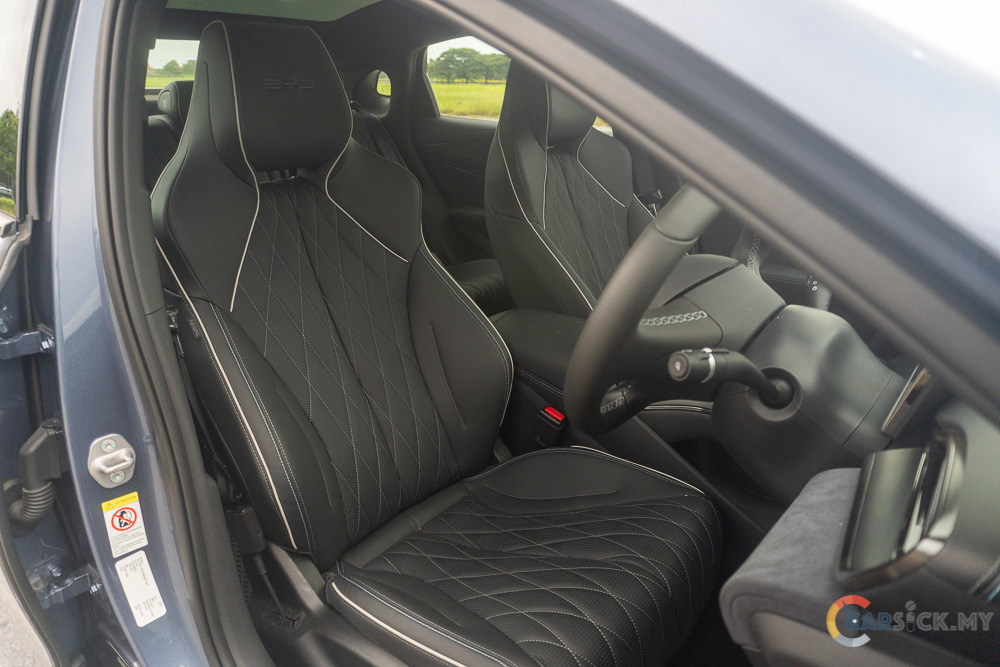
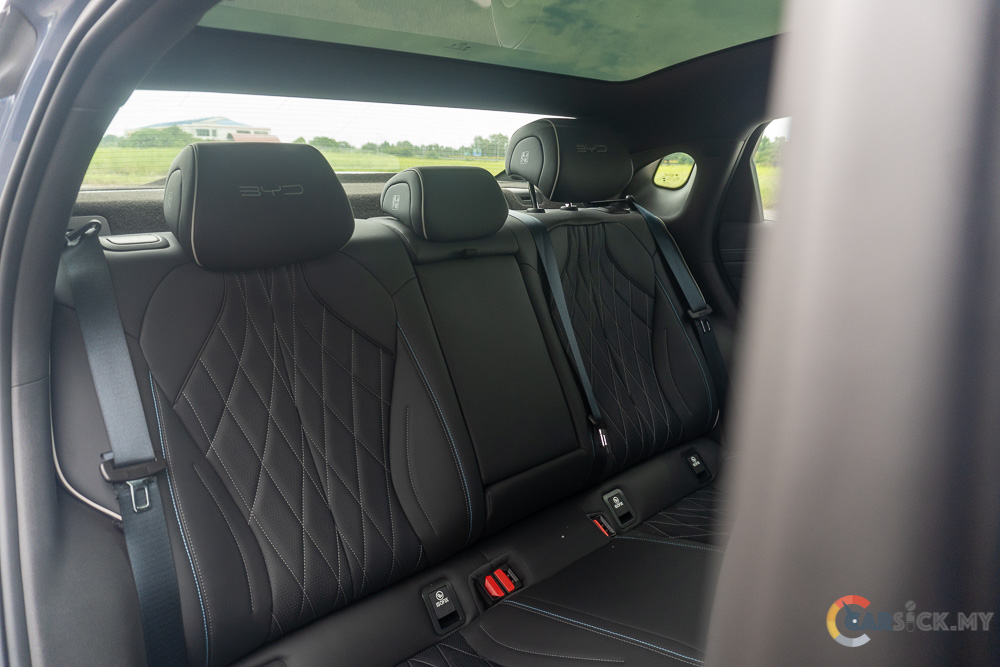
As for storage, the Seal offers a decent 400-liter boot, which should suffice for small families. The rear seats can also fold down to create additional space if needed. As an EV, the Seal includes a small front storage compartment under the hood for extra items. Speaking of the hood, the Seal packs two electric motors—one on each axle—making it an all-wheel-drive vehicle in this top-spec variant. These motors are powered by an 82.6 kWh battery, providing an estimated range of 520 km according to NEDC ratings. The Seal Performance has a total output of 523 hp and a peak torque of 670 Nm. 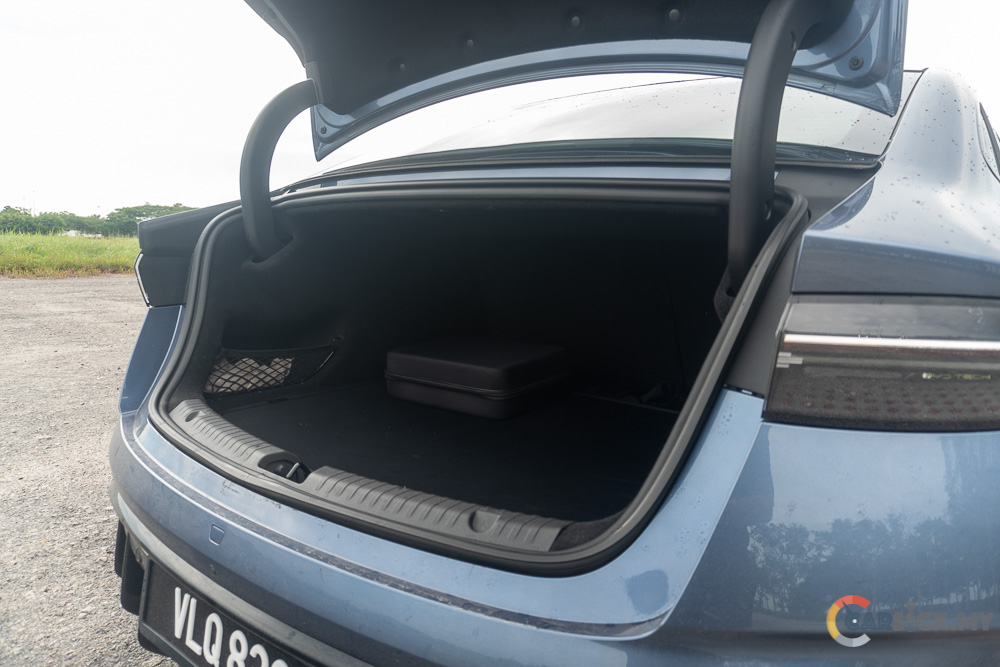
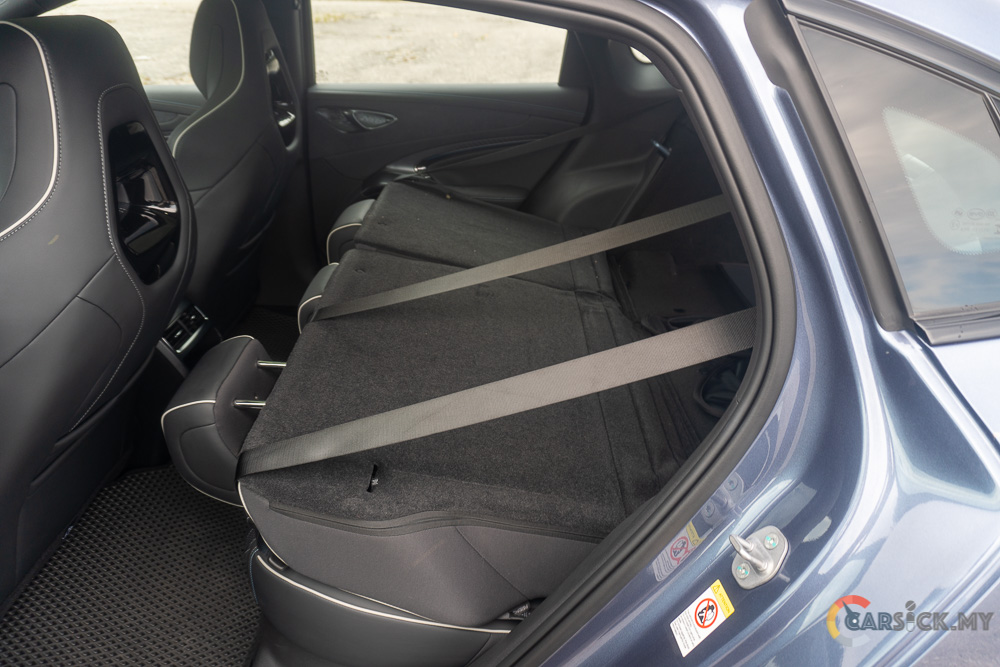
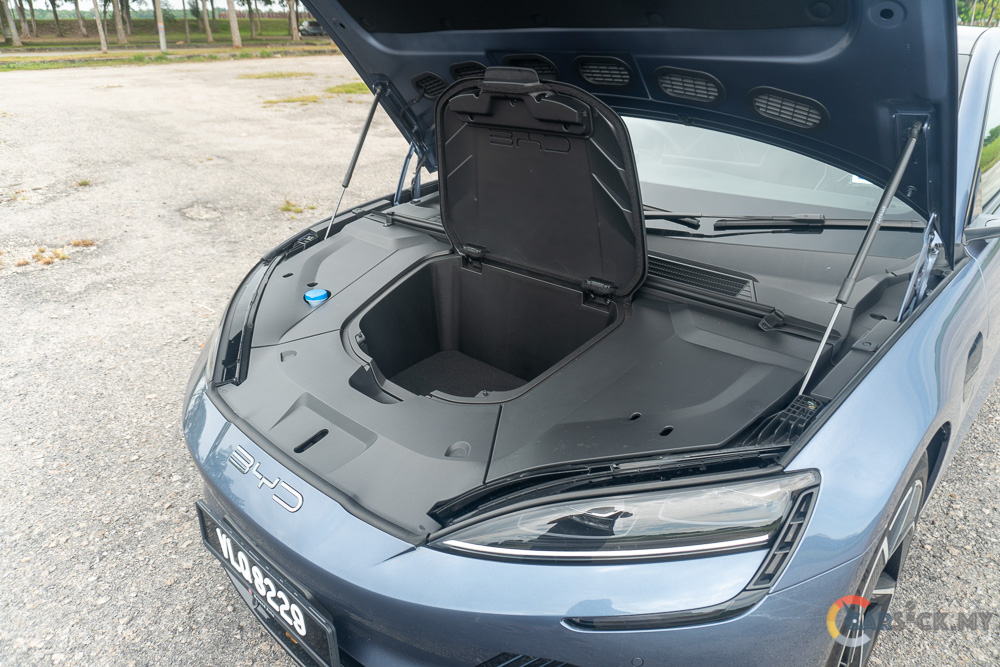
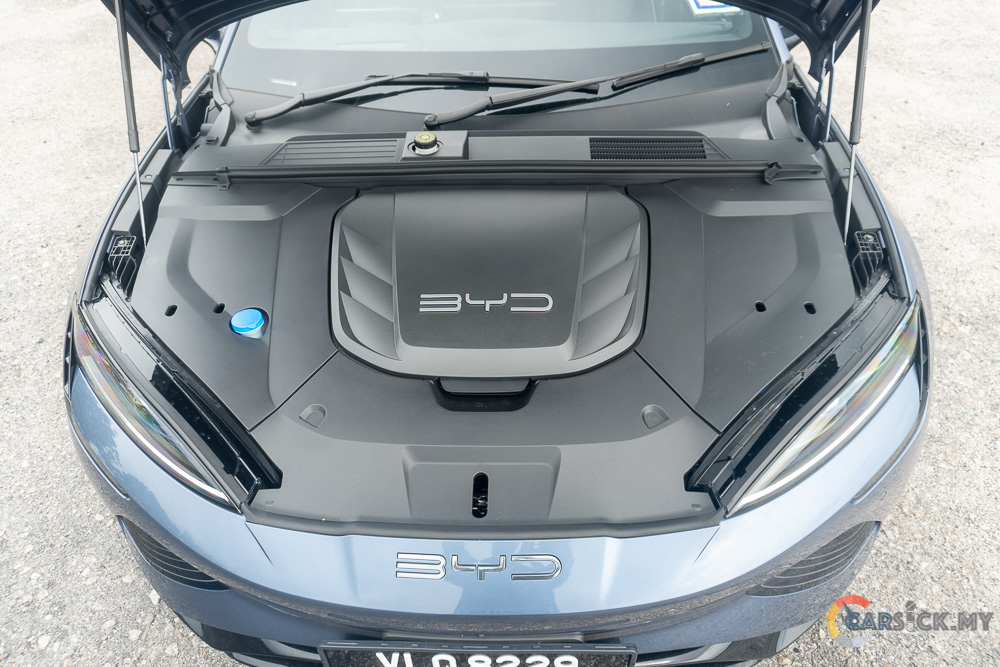
The dual motors enable the Seal to accelerate from 0 to 100 km/h in just 3.8 seconds—more than enough for most drivers. Despite this impressive performance, the Seal remains comfortable at lower speeds. However, the dual motors have high energy consumption. Although BYD claims a 520 km range, the car displayed 590 km after a full charge. In real-world usage, I expect it to manage around 450 km, which is still adequate for most users, though the gap between the claimed and actual range is noticeable.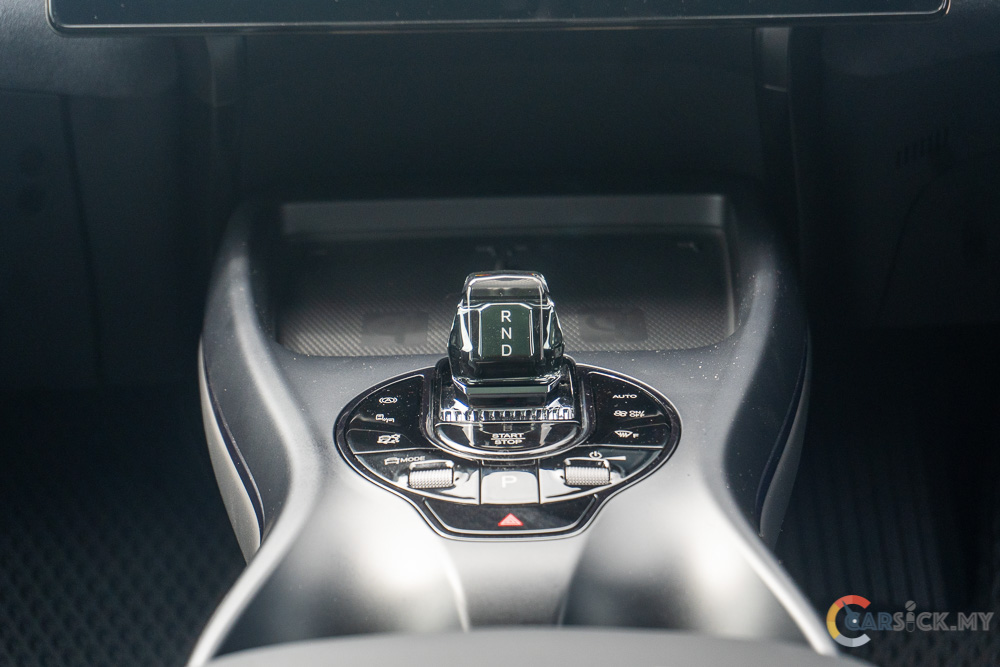
The Seal is one of the better-handling Chinese cars I’ve tested. The steering is fairly sharp and provides enough feedback to inspire confidence. Thanks to its sedan body, body roll is minimal. However, while the suspension is tuned for comfort, it’s not particularly sporty. The suspension handles road imperfections well, giving the Seal a refined ride. However, after going over bumps, the rear suspension takes a few oscillations to settle down. That said, this is the best suspension I’ve experienced in a Chinese vehicle so far.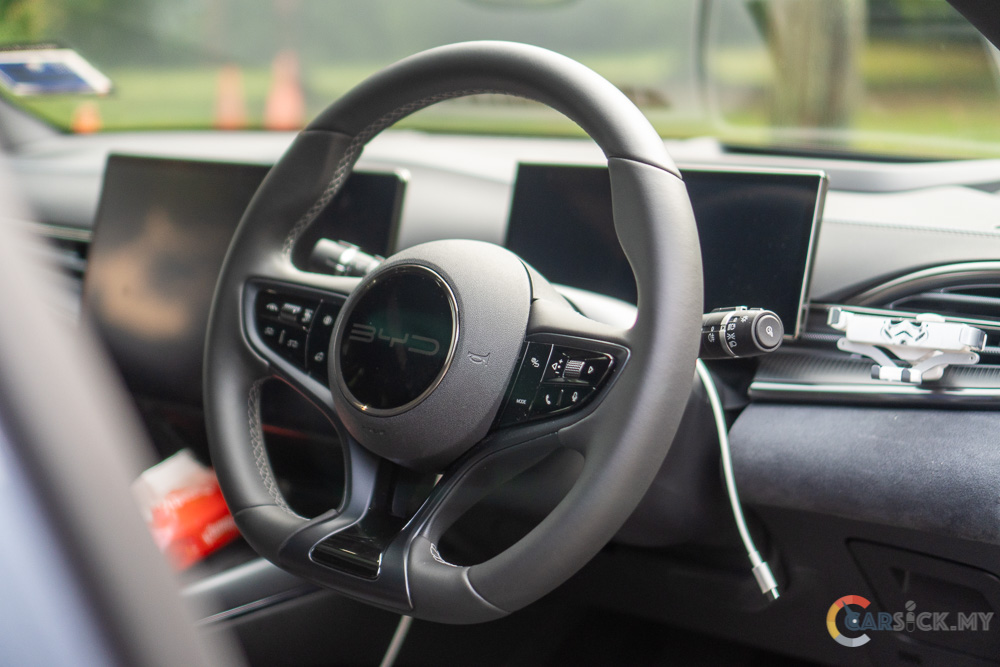
The brakes are adequate for daily driving, though I find the regenerative braking weaker than I’d like. During spirited driving, the brakes tend to feel like they might fade quickly, so I believe they need to be strengthened to handle the extra power. The Seal comes equipped with a comprehensive set of advanced driver assistance systems, including Adaptive Cruise Control (ACC), Automatic Emergency Braking (AEB), Lane Departure Warning (LDW), Lane Departure Prevention (LDP), Emergency Lane Keeping Assist (ELKA), Intelligent Cruise Control (ICC), Predictive Collision Warning (PCW), Traffic Sign Recognition (TSR), Intelligent Speed Limit Information (ISLI), Intelligent Speed Limit Control (ISLC), Front Cross Traffic Alert (FCTA), Front Cross Traffic Brake (FCTB), Rear Cross Traffic Alert (RCTA), Rear Cross Traffic Brake (RCTB), Blind Spot Detection (BSD), Door Open Warning (DOW), High Beam Assist (HMA), and Driver Attention Warning (DAW).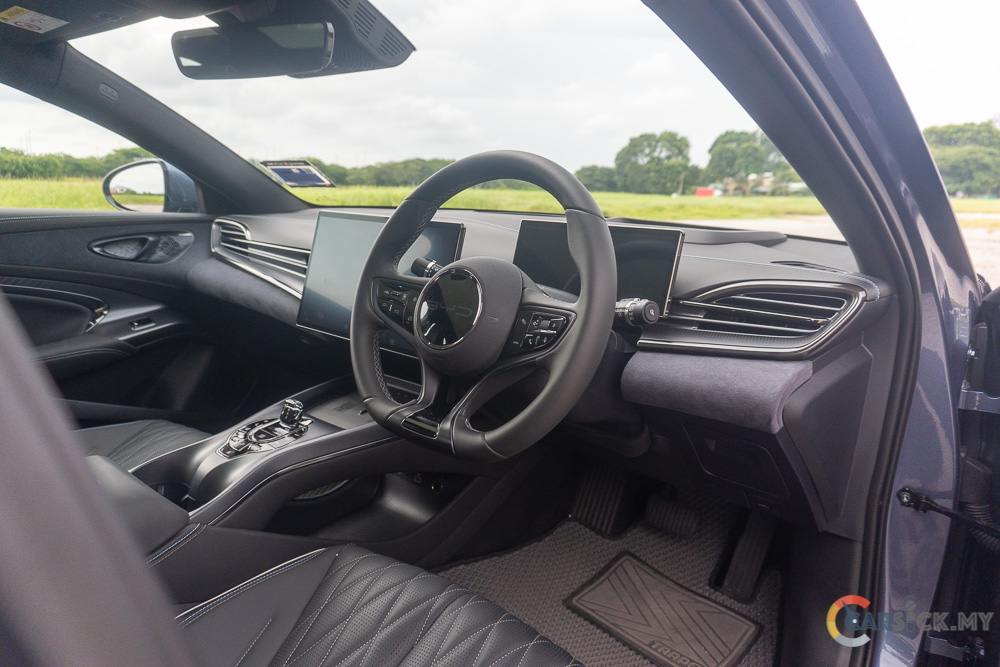
With a price tag of RM 200,500, the Seal offers impressive straight-line performance, making it an appealing choice for those seeking a high-performance sedan. However, as a complete package, there’s still room for improvement. The Seal will undoubtedly satisfy buyers focused on acceleration, but for me, it didn’t quite meet my expectations. While it excels in straight-line speed, the overall experience left me wanting more. That said, if raw performance is your priority, you won’t find anything under RM 200,000 that matches what the Seal offers.
Check out the full photo album here. 
